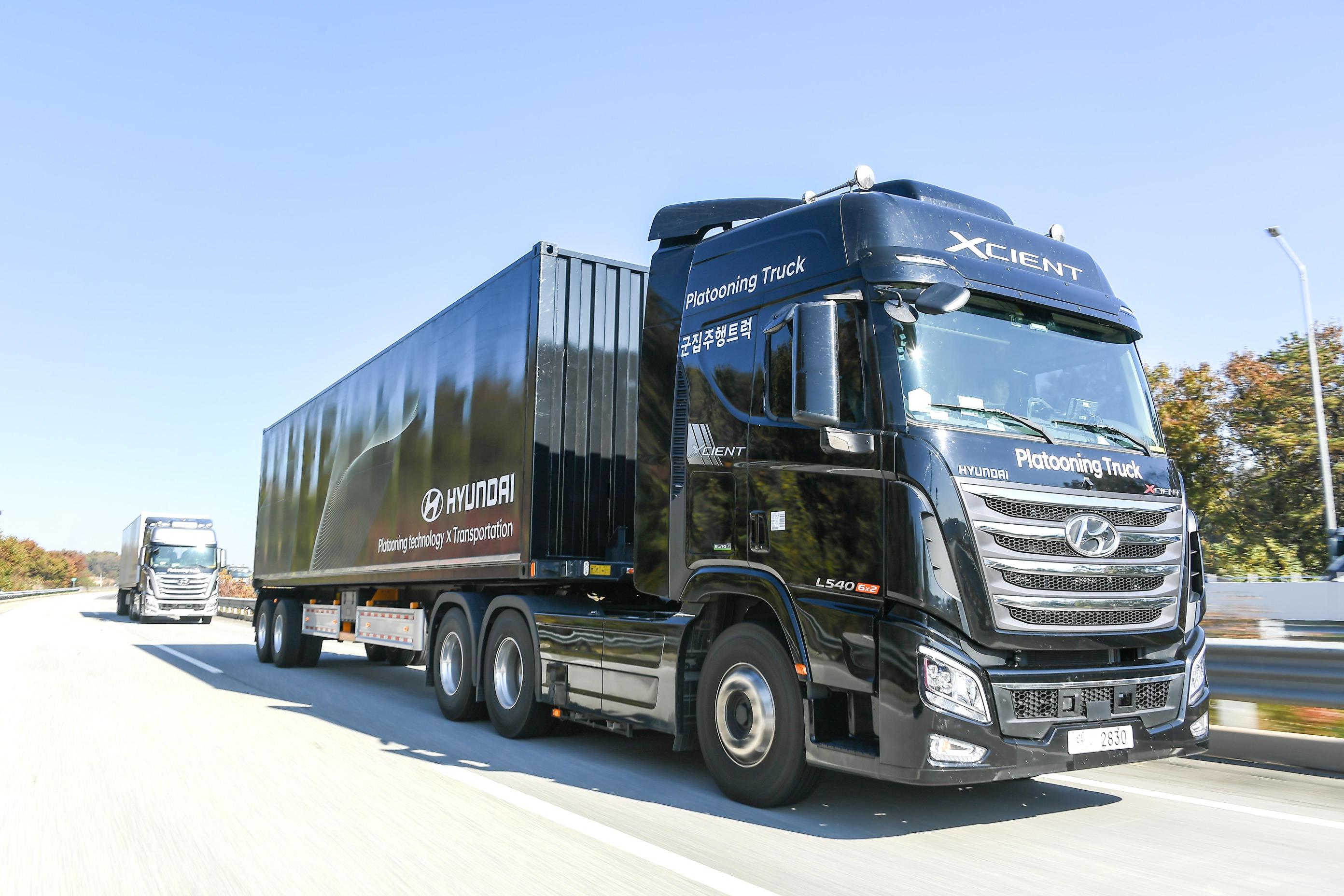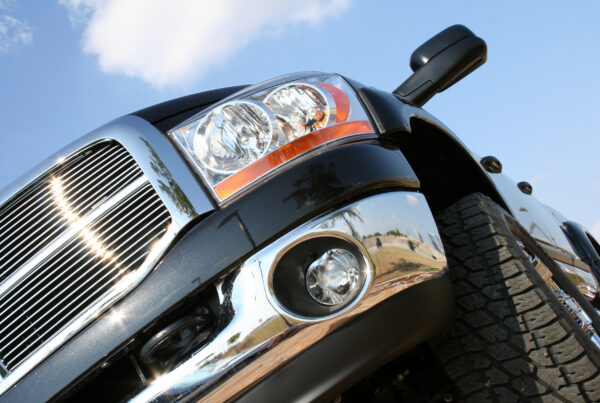Hyundai Motor Company has successfully conducted the company’s first platooning of trailer trucks on the Yeoju Smart Highway replicating real-world traffic conditions.
The demonstration successfully displayed the following technology: Vehicle platooning, cut-in/out by other vehicles, simultaneous emergency braking, and V2V (Vehicle to Vehicle) communication tech. The speed limit was set at 60km/h to ensure safety.
“We are confident that our industry leading autonomous driving technology in commercial vehicles showcased in this platooning truck demonstration will lead into a revolutionary paradigm shift in the freight and logistics industry,” said Jihan Ryu, head of Hyundai Motor’s Commercial Vehicle Electronics Control Engineering Group.
Vehicle platooning has the benefit of reducing air resistance to improve fuel efficiency and lower emissions, making it an eco-friendly technology.
The platooning manoeuver begins when the driver of the following truck approaches the leading vehicle and activates platooning mode.
Upon activation of platooning mode, the following truck maintains a 16.7m distance, with real-time fine tuning based on the leading vehicle’s acceleration and deceleration. The driver does not need to put his/her foot on the accelerator nor brakes, vastly reducing fatigue on the road and improving safety.
The mode also activates lane-keeping technology which makes possible for the driver of the following truck to take hands off the steering wheel.
With platooning, other vehicles cutting in and out between trucks can also be seamlessly managed. If a vehicle cuts between the platooning trucks, the following truck automatically extends the gap to minimum of 25m.
When a leading truck makes a sudden emergency stop due to an unexpected situation, the newly demonstrated technology responds by enabling the following truck to decelerate and stop.
The V2V system applied to both trucks in this demonstration showcased how real time information sharing between platooning vehicles can improve control over acceleration and deceleration, and also incorporate ADAS (Advanced Driver Assistance System) information from various sensors like cameras and radar.
Hyundai Motor is striving to achieve high-level platooning technology which will work under even tighter following distance between vehicles and also implement traffic information for optimised travel in the future.




















